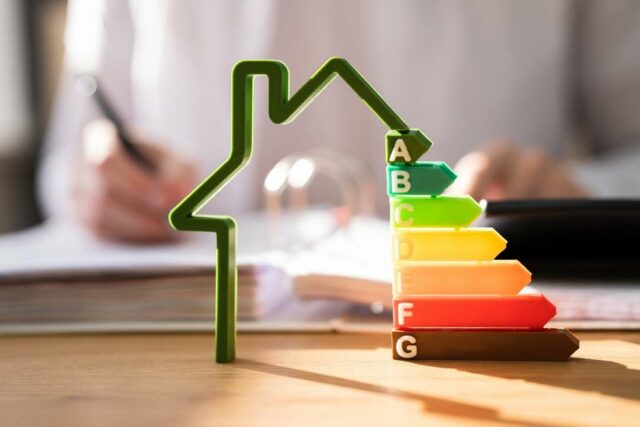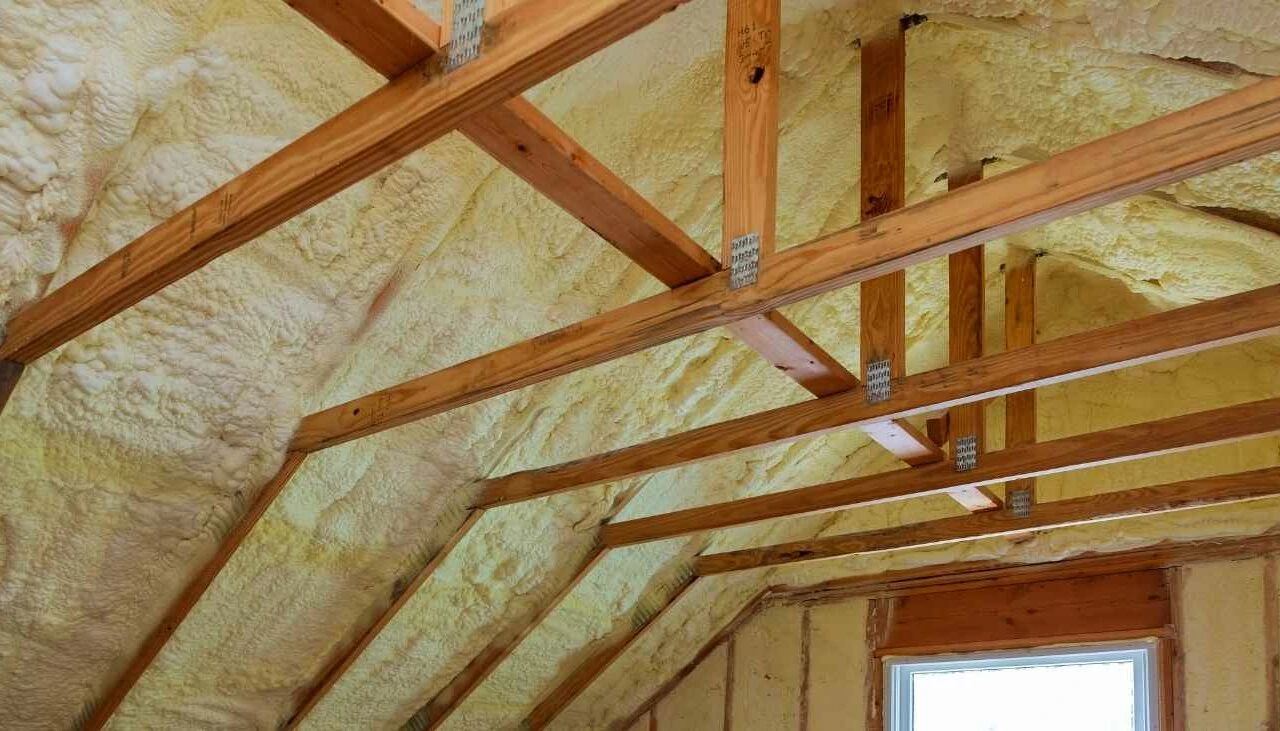
Table of contents
ToggleInsulation - the First Step to Saving Energy
Why does insulation have the biggest impact on energy consumption and living comfort?
Thermal insulation is one of the most effective ways to reduce energy loss in a building. It’s estimated that up to 60% of heat can escape from a house through uninsulated walls, roofs, floors, or leaky windows. The older the building, the greater the losses – and the higher the heating bills.
Proper insulation not only retains warmth in winter, but also protects against heat in summer, significantly improving year-round comfort. As a result, you consume less energy – regardless of whether you use gas, a heat pump, or electric heating.
A well-insulated home also means:
- stable indoor temperatures,
- less moisture and mold,
- lower wear and tear on heating and cooling systems,
- increased property value.
That’s why insulation isn’t just a cost – it’s a smart investment that starts to pay off from day one. And thanks to government subsidies, it’s achievable even with a limited budget.
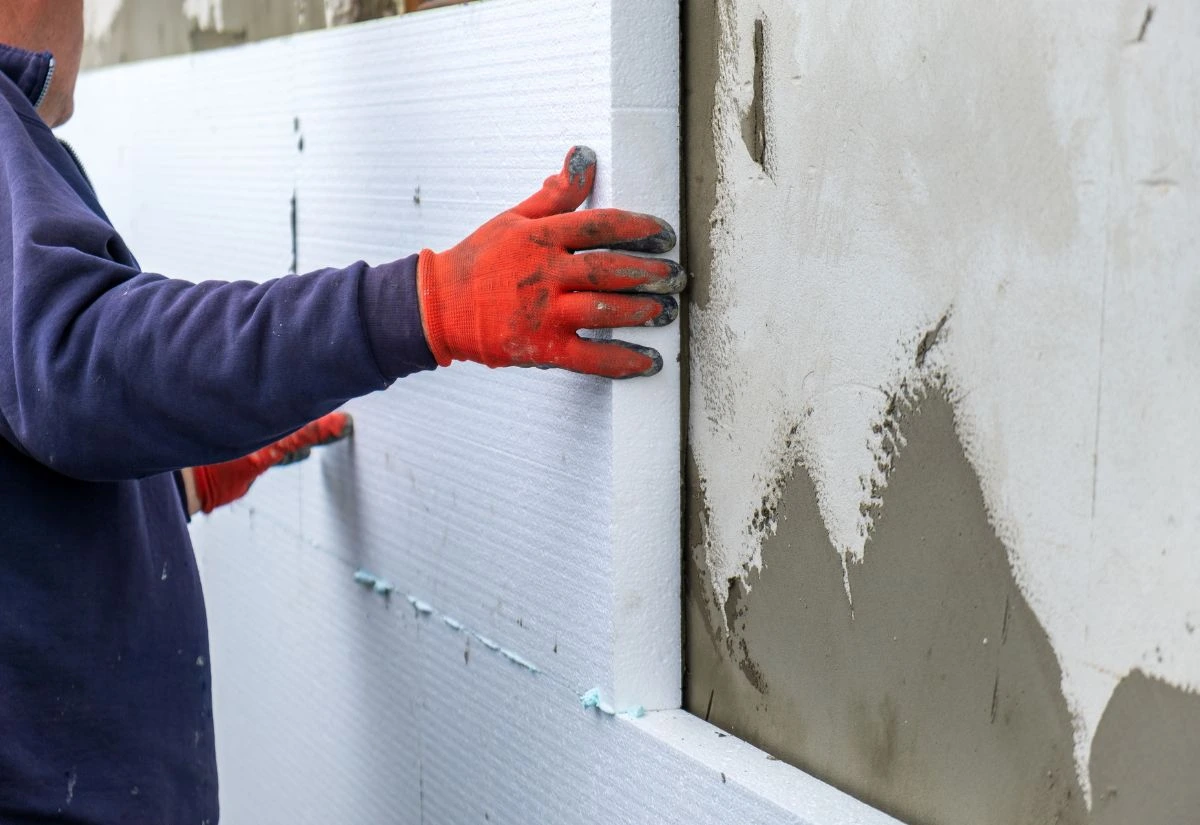
Where Does Most Heat Escape?
Loss Analysis: Roof, Walls, Floors, Windows and Doors – What to Watch For in Older Buildings
Before starting a home renovation, it’s essential to understand where energy is being lost. In a typical uninsulated or poorly insulated building, the greatest heat losses occur through:
Roof – up to 25–30% of total losses.
Warm air rises, and without proper insulation in the attic or roof slope, it literally “escapes into the sky.”
External walls – another 20–25%.
Old walls without insulation, or with a thin layer of outdated materials, often fail to meet today’s energy efficiency standards.
Windows and doors – up to 15%.
Leaky frames, outdated glazing units, and missing seals all contribute to significant energy loss.
Floors and basements – up to 10%.
Especially when the house is built directly on the ground or above unheated spaces.
Thermal bridges – places where the insulation layer is interrupted by structural elements (e.g., balconies, lintels, corners).They can lead to local heat losses and even moisture condensation.
In buildings constructed before the year 2000, insulation is often completely absent or extremely insufficient. That’s why these homes benefit the most from energy upgrades – both in terms of efficiency and financial return.
The first step should be a thermal diagnosis, ideally through a professional energy audit, which will clearly identify which parts of the building require intervention.
Thermal Modernisation Is Not Just About Staying Warm in Winter
How Proper Insulation Helps Keep Cool in Summer and Improves Indoor Climate
While most people associate insulation with protection from the cold, a well-insulated home works both ways – it retains heat in winter and prevents overheating in summer.
On hot days, when the roof or walls are heated by the sun, poor insulation allows this heat to penetrate inside, raising indoor temperatures. That’s when fans and air conditioners kick in – or you’re simply left to endure the discomfort. But with the right insulation layer – especially in the roof and external walls – the heat transfer is limited, keeping interiors cooler and thermally stable.
Insulation also improves the indoor microclimate – the air isn’t too dry or too humid, and it’s easier to maintain an optimal temperature and airflow. In well-insulated buildings, heating and cooling systems operate less frequently and under less strain, which translates into lower bills and longer equipment life.
Thermal comfort also means better conditions for work, sleep, and daily living – which is especially important today, as many people spend more time at home, often working remotely.
What Are the Most Commonly Used Insulation Materials?
An Overview of Technologies Available on the Luxembourg Market – Mineral Wool, PUR Foam, Cork, Insulation Boards
Choosing the right insulation material is a key element of effective thermal modernisation. The Luxembourg market offers a wide range of solutions – from traditional to eco-friendly options. The best choice depends on the area to be insulated (e.g. roof, external walls, foundations), the desired performance, and the available budget.
Mineral Wool (Glass or Rock Wool)
One of the most widely used insulation materials for roofs, attics, and walls. It offers excellent thermal and acoustic insulation and is fire-resistant. However, it can be sensitive to moisture, so proper vapor barriers are necessary.
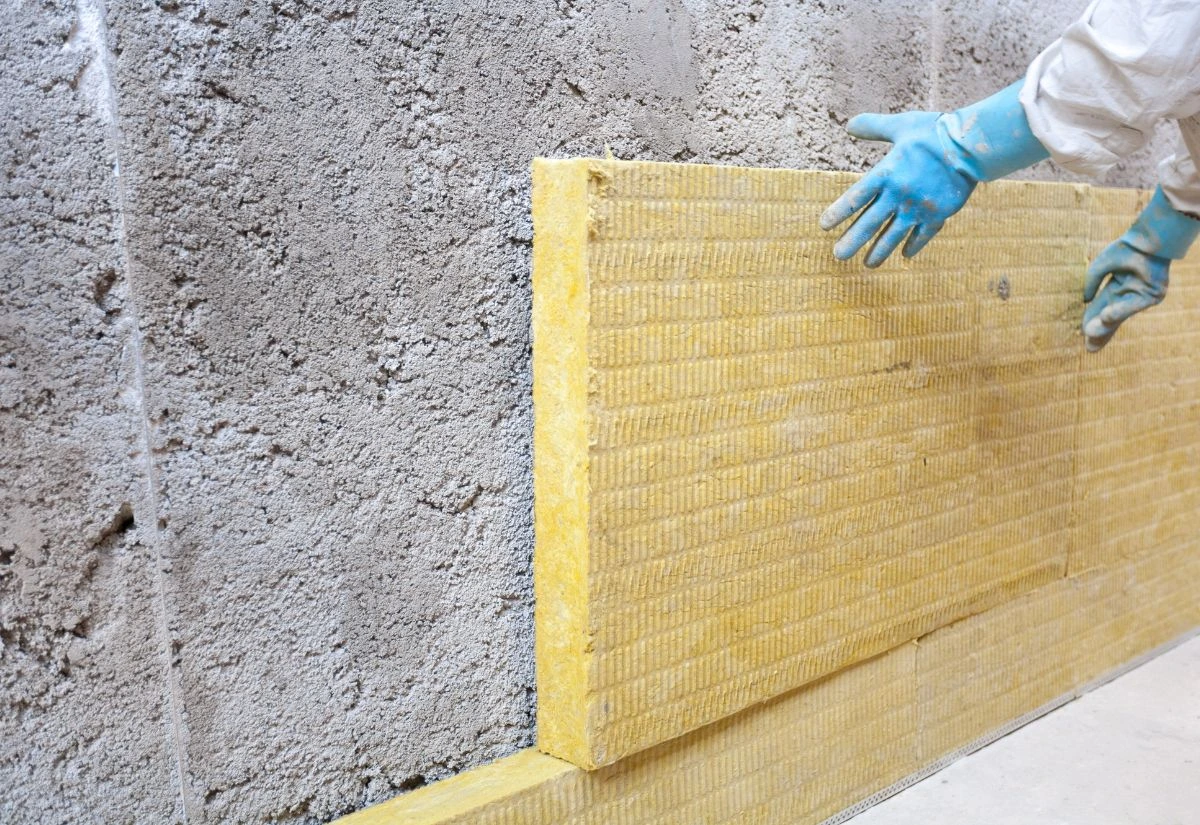
Polyurethane Foam (PUR)
PUR foam is a modern spray-applied material, ideal for hard-to-reach areas. It provides high airtightness and a very low thermal conductivity. Downsides include a higher cost and low vapor permeability, which requires good ventilation in the building.
Natural Cork
An eco-friendly solution used in roofs, floors, and walls. Cork is mold- and fungus-resistant, offers thermal stability and good soundproofing. However, it’s a more expensive and less widely available material compared to standard technologies.
Insulation Boards (EPS, XPS)
Expanded polystyrene (EPS) and extruded polystyrene (XPS) are popular choices for foundations and façades. They’re lightweight, cost-effective, and easy to install. Their drawbacks include low vapor permeability and limited acoustic insulation.
Natural and Recycled Materials
These have grown in popularity in recent years, especially in projects supported by Klimabonus and similar programs. Examples include cellulose, wood fiber, hemp, and sheep wool. Their advantages: low CO₂ emissions, moisture regulation, and renewable origin. However, they may come with higher costs and more complex installation requirements.
It’s worth noting that some subsidy programs in Luxembourg offer higher grants for the use of eco-friendly or recycled insulation materials. That’s why, when selecting a solution, you should consider not only the technical specifications, but also the eligibility criteria of available funding programs.
Financial Support for Insulation - What Subsidies Can You Access?
Home insulation is one of the most cost-effective elements of energy-efficient renovation – but it often involves a significant upfront expense. Fortunately, various financial support schemes are available in Luxembourg that can greatly reduce the total investment cost. Some come in the form of non-repayable grants, others as low-interest loans or tax incentives.
The main subsidy program currently in place is Klimabonus, which supports the thermal renovation of residential buildings. Homeowners can receive up to 62.5% reimbursement of costs related to insulation work on roofs, external walls, floors, as well as window and door replacements. The program offers even higher support for eco-friendly materials and for buildings that achieve low energy consumption after renovation.
Additionally, there are climate loans – government-supported financing solutions for energy upgrades. These loans are often interest-free and can be repaid over long terms, up to 15 years.
Homeowners may also benefit from a tax deduction for energy renovation works and a reduced VAT rate (3%) on services related to upgrading their primary residence – up to a certain cost threshold.
Some previous programs, such as PRIMe House, have been integrated into the new schemes, but transitional rules still apply to projects started under the older regulations.
All these support mechanisms share a common goal: to encourage Luxembourg residents to improve the energy efficiency of their homes. Thanks to these incentives, homeowners can undertake renovations that not only lower their monthly bills but also increase property value and enhance overall living comfort.
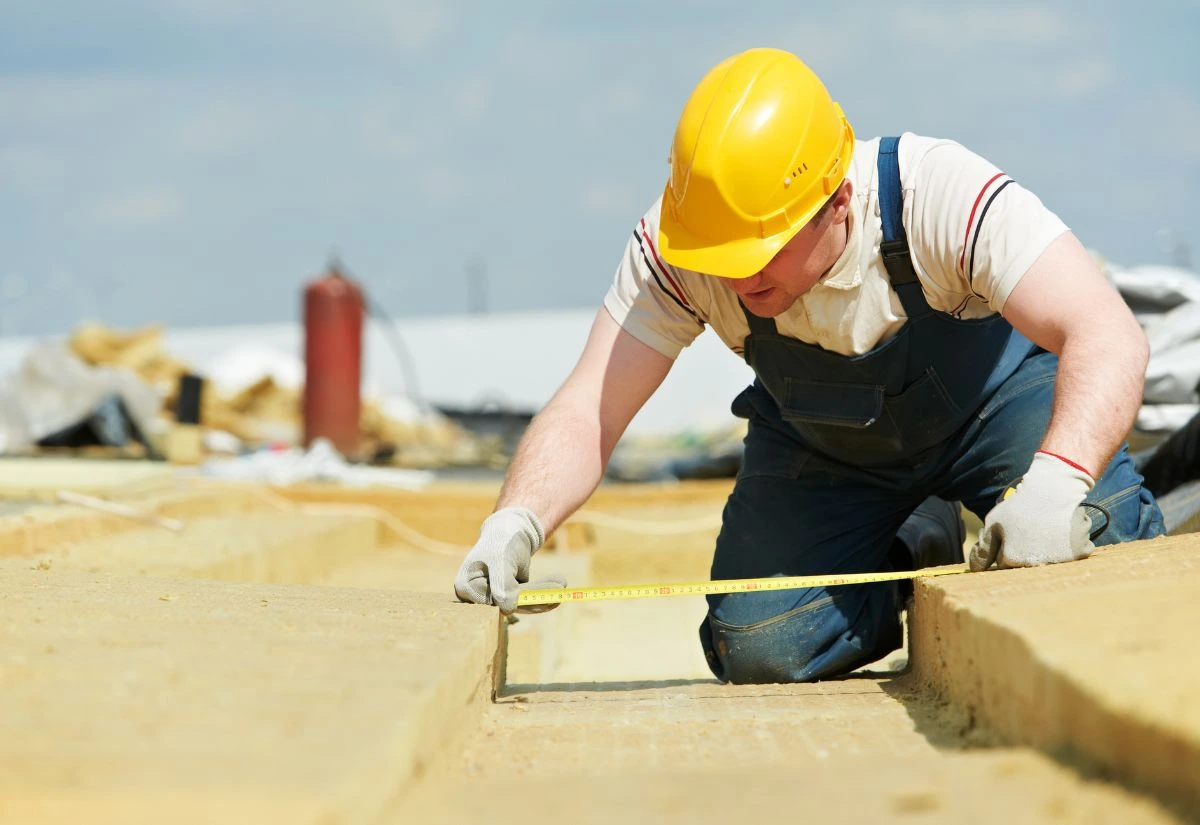
Conditions for Receiving Financial Support - Who Can Get Funding and for What?
Criteria, Income Limits, Types of Buildings and Eligible Renovation Works
Grants for thermal renovation are available to owners of residential buildings in Luxembourg that are at least 10 years old. The support applies to both private individuals and housing associations – provided the building is used as the primary residence.
The funding covers, among other things, the insulation of roofs, walls, ceilings, floors above basements, as well as the replacement of windows and doors, and the installation of mechanical ventilation systems with heat recovery. The works must meet specific technical standards, and an energy audit must be carried out and approval obtained before starting.
The amount of the grant may depend on the type of materials used (with higher support for eco-friendly solutions) and the financial situation of the household. Some programs include income limits, and the entire procedure requires that the beneficiary lives in the renovated building for at least two years after the completion of the works.
From Energy Audit to Grant Payment - How the Process Works (and How Voltmax Helps)
Although the idea of applying for financial support may seem complicated, the process is actually well-structured – as long as you know the necessary steps and have the right support. That’s why working with an experienced partner like Voltmax makes the entire journey much simpler – from the initial consultation to the final grant payout.
The process begins with a professional energy audit. A certified expert evaluates the technical condition of the building, identifies the areas with the greatest heat loss, and recommends specific actions. At this stage, the so-called technical documentation is also prepared – it serves as the foundation for applying for support from programs such as Klimabonus.
Based on the audit, a formal application for a conditional agreement (agreement-in-principle) is submitted. This agreement is a required step under the Klimabonus program – it confirms that the planned renovation meets the funding criteria and is a prerequisite for claiming reimbursement later on.
It is important to note that this agreement does not replace any necessary building permits or declarations required by local municipalities. These are two separate procedures – one deals with building regulations, the other with funding approval. Voltmax supports clients with both aspects, helping to prepare all documents required by local authorities when needed.
At this stage, accurate documentation is key. The application must include audit results, the planned scope of work, technical details, and a cost estimate. Voltmax assists clients throughout the entire process – from paperwork to communication with institutions.
Once approval is granted, the renovation work begins. Voltmax carries out the full scope of work – from wall, roof, ceiling, and floor insulation to window and door replacements, and installation of mechanical ventilation systems. Throughout the process, the company ensures full compliance with technical standards required by the grant authorities.
After the work is completed, a final grant application is submitted. This includes invoices, photos, proof of completion, and a report on the project. Voltmax prepares the entire closing documentation, so clients don’t have to handle the paperwork on their own.
Finally, once the application is verified and approved by the authorities, the funds are transferred directly to the client’s bank account. The subsidy can cover up to 62.5% of eligible costs, depending on the type of renovation, materials used, and additional criteria – for example, bonuses for using ecological materials.
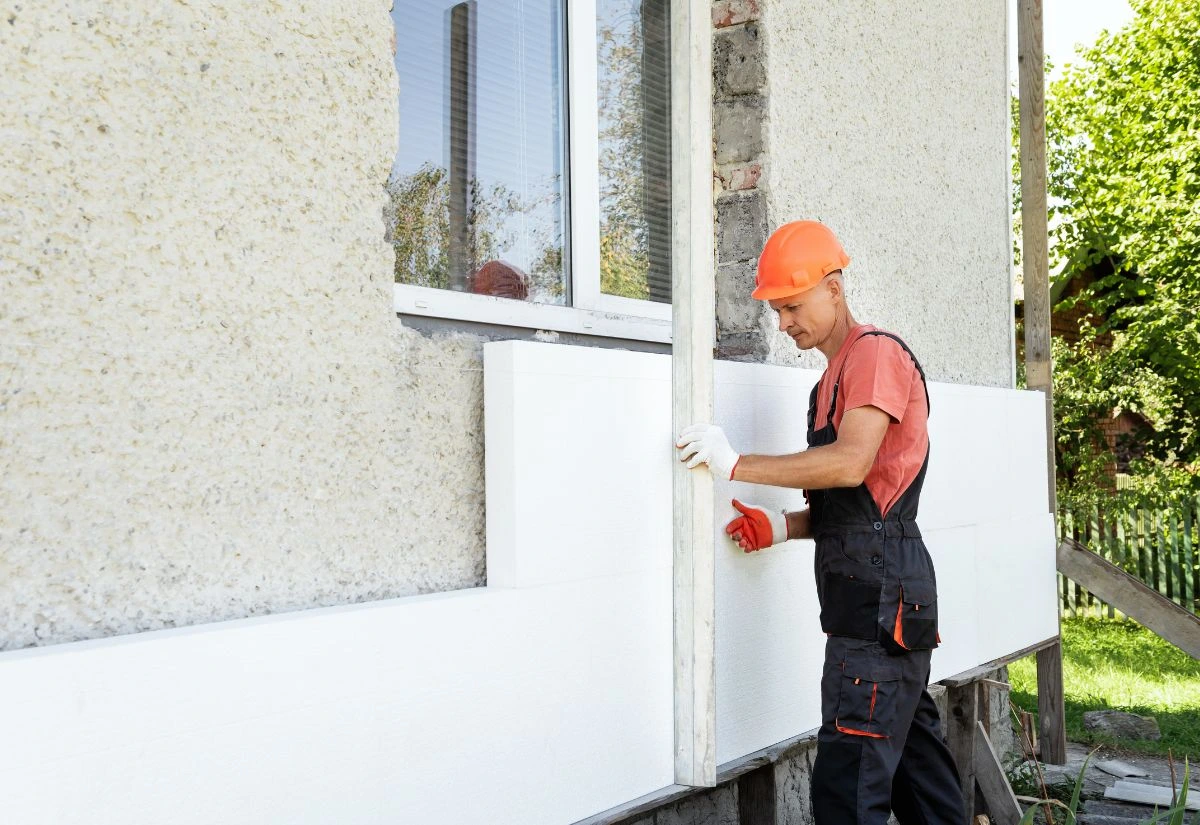
Conclusions - Why It Pays to Act Now
Energy prices are rising, regulations are changing, and public funding is limited – delaying action could cost you more than you think.
Investing in insulation and energy-efficient upgrades is not just about enhancing comfort. It’s a practical and forward-looking response to a shifting economic and regulatory landscape. Energy costs have steadily increased in recent years, and all forecasts point to a continued upward trend. The longer you wait, the more you’ll pay in monthly bills.
At the same time, new building codes and efficiency standards may soon require mandatory compliance from homeowners. By acting now, you take initiative on your own terms, while still being able to benefit from generous subsidies.
Keep in mind that programs like Klimabonus are time- and budget-limited. Some incentives are only valid until a specific date or until available funds run out. Submitting your application early gives you the best chance of securing maximum financial and technical support.
Need Insulation? Contact Voltmax
If your home needs renovation, don’t wait – now is the perfect time to take advantage of available subsidies and reduce your investment costs by up to 60%.
Voltmax supports you every step of the way – from the energy audit and technical documentation, to obtaining approvals, completing the work, and handling the grant reimbursement.
Get in touch with us today – we’ll provide a free preliminary estimate and check which funding options you may qualify for.


